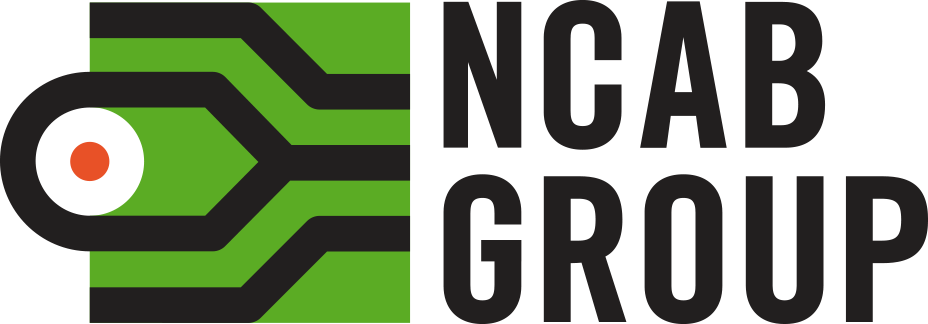Wow – you are halfway through this course!
- 50%
Time for a break?
Research shows that breaks are important when learning, as they help us remember more.
So why not do something else for a while – like drink a cup of coffee,
eat a banana, or do some sqats – or come back tomorrow?
HEED THE NEED: 5 Ps
Presentation
Video length: 03:56
Transcript
We are onto the 4th P, the art of Presenting.
Let’s first look at the way most companies present. How do they pitch their business to their customers?
- They show lots of Power Points.
- They show the same PowerPoints to all customers.
- They talk about things that they hope and guess that customers want to know.
- They talk, and often forget that our customers can read, more quickly than you can repeat what is shown on the screen.
This sales method is called ‘Spray and pray’ – they spray the same message to everyone, hoping that some customer will like it. Do you remember THAT presentation, the “death by PowerPoint-experience” and thought “How many hours of my life has this man just robbed me of?”
But NCAB’s sales method is HEED the NEED, so how do we pitch our business
- Presentations are valuable to share information, knowledge and create interest. But more importantly, in a sales pitch they are the starting point to understand customer needs.
- We talk about what the customer said they wanted to achieve from the meeting.
- We can use PowerPoints, but we recognise that customers might also wish to be pleasantly surprised by other relevant NCAB presentation tools.
All of these are “soft selling” our USPs: market leading quality, technical expertise, a people orientated business, a fun culture & environment. You create without even talking (much) a vision that they wish to be part of, and it will help the customer remember NCAB among other suppliers.
As you can see, this Presentation module is not so much about us making presentations; it’s about encouraging the customer to talk. Ask questions, open up discussions! Your presentation is just the starting point for the customer to tell you what they need.
Here is an example:
Hello, I’m Howard. I am a key account manager for NCAB. I have been working for the organization for ten years. Thank you very much for agreeing to meet with me today. Just going around the table, can we do a quick introduction of who you are and what your expectations are from today’s meeting?
OK, yes, good morning, lovely to meet you, we’ve meet once before I think, you’re the quality manager. So why are you in today’s meeting?
Great! And Bob, why are you here today? Aha, you’re interested in high reliability printed circuit boards for railway applications? Perfect! I’m going to spend just two minutes presenting NCAB. The objective for me today is to come in and present where we are today, where the organization is going, some of the changes that has just happened, and also to cover these three areas of discussion. So that’s what I would like to do in the hour that we’ve allocated for today. Perfect, we will be starting with a presentation of NCAB…
So, my challenge for anybody making a presentation is this:
- Keep to the time you agreed
- Engage with your audience
- Ask questions, open questions
- Make sure you listen more than you talk

Exercise: Presentation
OK, so Presentations are not so much about us making presentations, but a starting point to encourage the customer to talk to understand their needs.
Now let’s go back to your meeting:
- What did you present that the customer said they wanted to talk about?
- How did your presentation encourage the customer to talk? What did they find most interesting?
- What other NCAB presentation tool/s did you use, that was not a PowerPoint?
- Who talked the most – you or the customer?
Reflect on these questions for a few minutes, and write down your thoughts.
When you’re done, you can move on to the Presentation exercise.
